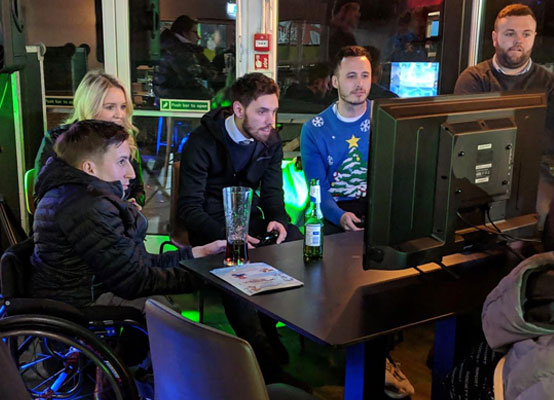Avoid wasting valuable class time by sleeping through class. Some schools are changing start times to accommodate high school students, while others have added a nap period during the day. These changes with zopisign 7.5 will help improve students’ overall sleep patterns.
Changing start times to accommodate high school students:
The early 2000s saw high schools grappling with the question of adjusting start times. While some districts chose to make this change, others opted not to. Some schools felt the change would be fraught with politics and would provide little benefit to students. Others saw no reason to make the change.
Regardless of whether you’re a parent or a school administrator, adjusting the start time for high school students is an important step. It’s vital that schools engage with a variety of stakeholders in order to make this change work. This includes teachers and administrators, parents, and community organizations. In addition, it’s important to involve local public health care providers, activities directors, and public safety officials in the planning and implementation of the new schedule.
Some school districts have successfully implemented changes to start times in order to reduce transportation costs. One Saint Paul school district, for example, experimented with an 8:30 a.m. start time for one high school in 2015. It also offered free transit passes for students and reported increased participation in afterschool jobs and clubs. In 2016, the district expanded the experiment to another high school. However, parents were initially opposed to the change.
Common sleep problems in teenagers:
Some teens have sleep problems that affect their ability to concentrate during the day. These problems can be related to stress, worry, and anxiety. It is important to talk to your child’s doctor to determine the cause of your teenager’s problem. Also, keep in mind that a late night phone use or physical activity near bedtime can disrupt sleep. A sleep disorder could also be caused by an iron deficiency. This can cause symptoms like cramps and involuntary leg movements that can awaken your teenager during sleep.
Other sleep problems common in teenagers include difficulty winding down at night. Some teens also report being sleepy during the day or having trouble focusing in school. This is because of rapid changes in the body that throw off their body’s circadian rhythm. They may stay up too late doing homework or chatting online. They may also work or participate in sports late at night. The added stress can also have an impact on their sleep. Blue Zopiclone 7.5 mg seems to work for extra tension.
Teenagers often have many commitments. They must balance their social life, their school work, and their sports schedule. Often, this results in a late bedtime. The pressure to perform well at school may keep teenagers up late to finish homework or meet friends.
Ways to improve sleep habits:
Many sleep experts advise students to make sleep a priority and schedule their classes to match their natural sleep patterns. This means avoiding classes that begin early in the morning and late at night. Instead, choose classes that require you to be alert in the afternoon and early evening. It’s also important to get on the same schedule every night.
Another way to improve sleep is to eliminate light, bright light, and electronic screens an hour or two before bedtime. This will help your body prepare for sleep and help you stay asleep. Another good practice is avoiding exercise right before bed. Keeping your sleep schedule consistent will allow you to improve your sleep habits without disrupting your daily schedule.
Sleeping within an hour of your natural sleep time is also important. Sleeping in at the same time each day will help your circadian rhythm and avoid waking up groggy or tired in the morning. It’s important to keep your sleep schedule consistent and stick to it so your body can recover properly.
Cost of sleeping through school:
Sleeping through school is one of the many health risks faced by adolescents. This fact is increasingly recognized by some schools and policymakers. Students who don’t get enough sleep can experience serious health problems later in life. Fortunately, there are ways to help these students get more restful sleep. The first step is to identify which activities are causing them to be more tired than usual.
The next step is to determine what factors influence a student’s sleep. The biggest challenges include glaring streetlights and overhead fluorescent lights, which can disrupt sleep. Having blackout curtains in your room will help you sleep, and if you’re prone to light sensitivity, you may want to get a nightlight or eye mask.








